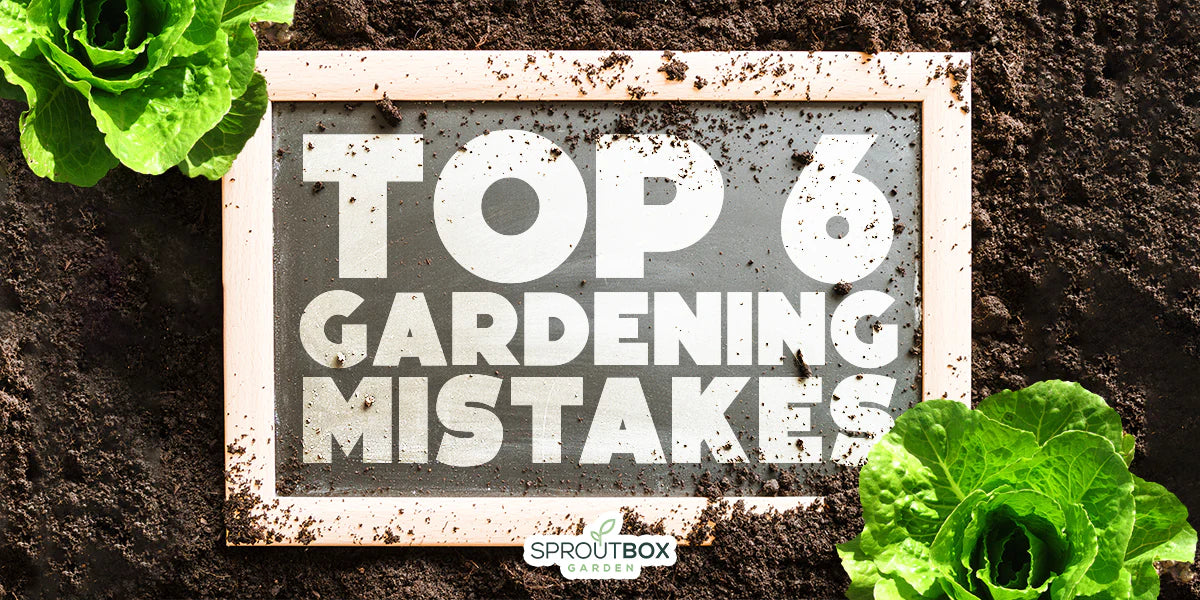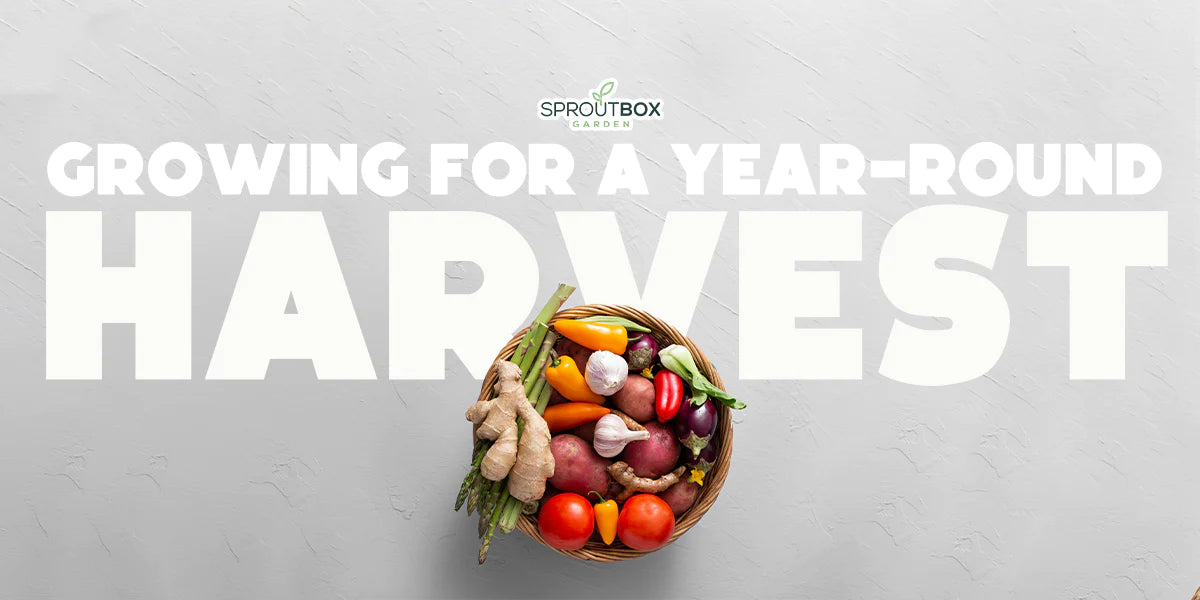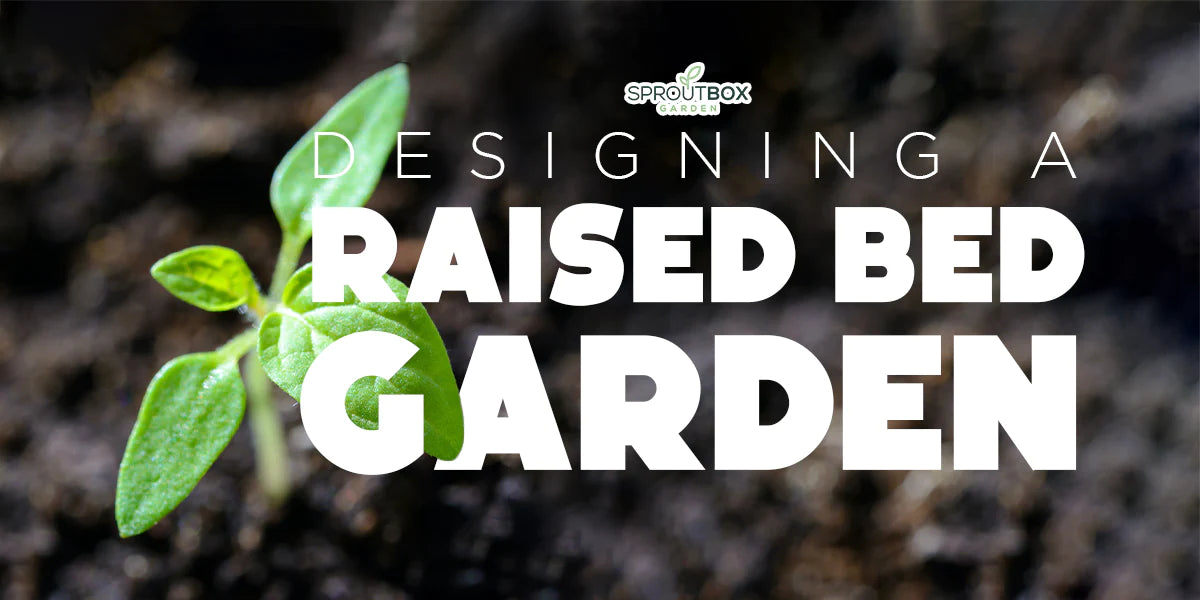December 18, 2024
How to Grow Massive Garlic: A Simple Guide for Gardeners
>> Download The Slideshow For Free Here.
Masterclass Notes
Have you ever harvested garlic only to be disappointed with the small, underwhelming bulbs? Growing garlic that’s big, flavorful, and long-lasting isn’t as hard as you think—if you do it right. After tuning into Jordan's live garlic masterclass, we’re breaking it all down into approachable steps so you can grow garlic honkers this season!
1. It All Starts in the Fall
The key to great garlic? It’s what you do before the winter cold sets in. Fall is when 80% of your success happens.
Here’s the breakdown:
-
Pick the Right Variety
Garlic comes in two main types: -
Softneck Garlic is perfect for warm zones (10 and up). Think varieties like California Early or Silver White.
-
Hardneck Garlic thrives in colder climates. Try Red Russian (Jordan’s favorite!), which is hardy to -30°C (-22°F) and packs incredible flavor.
-
Choose the Largest Cloves
The size of the clove directly impacts the size of the bulb you’ll harvest. Use only the biggest cloves for planting and save the smaller ones for cooking. -
Find the Perfect Spot
Garlic loves full sun. Make sure the planting bed gets plenty of light throughout the growing season. -
When to Plant
Garlic needs time to settle before the ground freezes. For most zones, that’s early October to mid-November. Cooler zones? Aim for early October. Warmer areas? Plant as late as mid-November.
2. Soil Prep is Everything
Think of your garden bed as a “soil bank account.” Each plant withdraws nutrients, so you need to keep replenishing it.
-
Mix the Right Soil: A blend of 75% compost and 25% vermiculite creates a light, nutrient-packed foundation for garlic.
-
Deepen the Investment: Before planting, add 1-2 inches of compost, worm castings, and a sprinkle of organic fertilizer.
3. Spacing and Planting Tips
-
Spacing Matters: While 6-inch spacing is standard, Jordan’s experiments showed that 7-inch off-centered spacing (adding an extra row in between) maximizes yield without shrinking bulb size.
-
Plant 4 Inches Deep: This depth insulates the cloves and ensures strong roots.
-
Mulch Like a Pro: Cover your planted garlic bed with 4-6 inches of leaves to keep the bulbs snug during the cold months.
4. Spring Care for Garlic Growth
When you see the first green shoots in early spring, it’s time to wake up your garlic:
-
Remove the Mulch: Clear away the leaves to let the soil warm up and feed the bulbs.
-
Feed the Soil: Add worm castings and an organic 4-4-4 fertilizer, then top with 1-2 inches of compost as a fresh mulch.
5. Timing the Summer Harvest
Your garlic is ready when:
-
The plants produce scapes (curly flower stems). Cut these off to direct energy to bulb growth. Bonus: Scapes are delicious in stir-fries or as garlic paste!
-
Four to five leaves have died back. This signals the bulbs are mature and ready to be pulled.
Storage and Next Steps
Cure your garlic for 14 days in a dry, cool area. Then trim the roots and necks for long-term storage. Want an easy-to-use garlic stash? Freeze pre-chopped garlic in ice cube trays or flattened bags for quick cooking.
Ready to Grow Honkers This Season?
Whether it’s your first year or your tenth, these steps are simple and proven. As Jordan says, plant on October 15th and watch your garlic dreams come true!
Happy planting and even happier harvesting!
Questions and Answers from the Garlic Growing Masterclass
The following questions were asked by gardeners attending the session live, and all answers are directly from Jordan, based on his expertise and experience. Each response reflects practical advice tailored to help gardeners grow garlic successfully and overcome common challenges.
Q: Can I add bone meal in the planting hole?
A: Bone meal was tested, and it didn’t improve results compared to using just worm castings. There’s usually enough phosphorus in compost-rich soil, making bone meal unnecessary.
Q: What are the black cords or tubing at the bottom of the bed?
A: Those are part of the drip irrigation system built into the raised beds. It ensures even water distribution. For details, refer to the YouTube video explaining the irrigation setup.
Q: Is drip watering used?
A: Yes, drip irrigation is used, with specific spacing and configurations to optimize water pressure and distribution.
Q: What’s a quick-growing crop to plant after harvesting garlic?
A: Options include carrots, beets, radishes, and leafy greens. Alternatively, broccoli, cabbage, and cauliflower can be started in seed trays before garlic harvest and transplanted after.
Q: If you plant garlic from the tiny bulbils in garlic scapes, how long does it take to get full garlic heads?
A: It can take four to five years. The bulbils grow into small cloves, then small heads, and finally, mature heads over multiple seasons.
Q: Do you need to rotate garlic beds annually to prevent pests and diseases?
A: Crop rotation isn’t necessary unless there’s a recurring pest or disease issue. If an issue persists for two seasons, consider rotating. Focus on maintaining nutrient-rich soil instead.
Q: Is straw better than leaves for mulch?
A: Both work well. Leaves are readily available in fall, making them convenient for garlic, while straw is increasingly favored for other crops.
Q: Can you discuss watering schedules?
A: Watering varies by climate. Ensure soil is moist about 2 inches deep. In fall, rain usually suffices. In spring and summer, use drip irrigation for 25–45 minutes every 2–4 days, adjusting based on soil moisture.
Q: How do you store harvested garlic for the longest shelf life?
A:
-
Cure garlic in a dry environment for 14 days.
-
Remove roots and trim the neck to about 1 inch.
-
Store in a cool, dark place (e.g., a garage).
-
Alternatively, mince and freeze garlic in small, pre-portioned blocks.
Q: When should I plant garlic in North Florida?
A: Plant in November or December. Pre-chill garlic in the fridge for two months beforehand to ensure proper vernalization.
Q: How would you adjust planting if you can get two harvests in a year?
A: Start the first planting when temperatures are coolest (e.g., November). Pre-chill cloves for the second planting and schedule it for late summer or early fall, depending on your climate.
Q: Will garlic grow in dry soil?
A: It can grow but won’t thrive. Garlic requires consistent moisture for optimal growth.
Q: If I plant garlic in a raised bed, will it freeze over winter in temperatures as low as -25°F (-31°C)?
A: Raised beds are suitable. Use 4–6 inches of leaf mulch for insulation. For extreme cold, insulate bed edges with materials like straw bales.
Q: What gallons per minute (GPM) are used on the drip lines?
A: This varies by crop and system setup. Details are available in the speaker’s YouTube irrigation video.
Q: Is mushroom compost good to use?
A: Yes, mushroom compost is great when combined with green waste compost to create a diverse nutrient mix.
Q: Is there a garlic lifespan limit for planting from harvested cloves year after year?
A: No, garlic can be replanted indefinitely from harvested cloves as long as the cloves are healthy.





